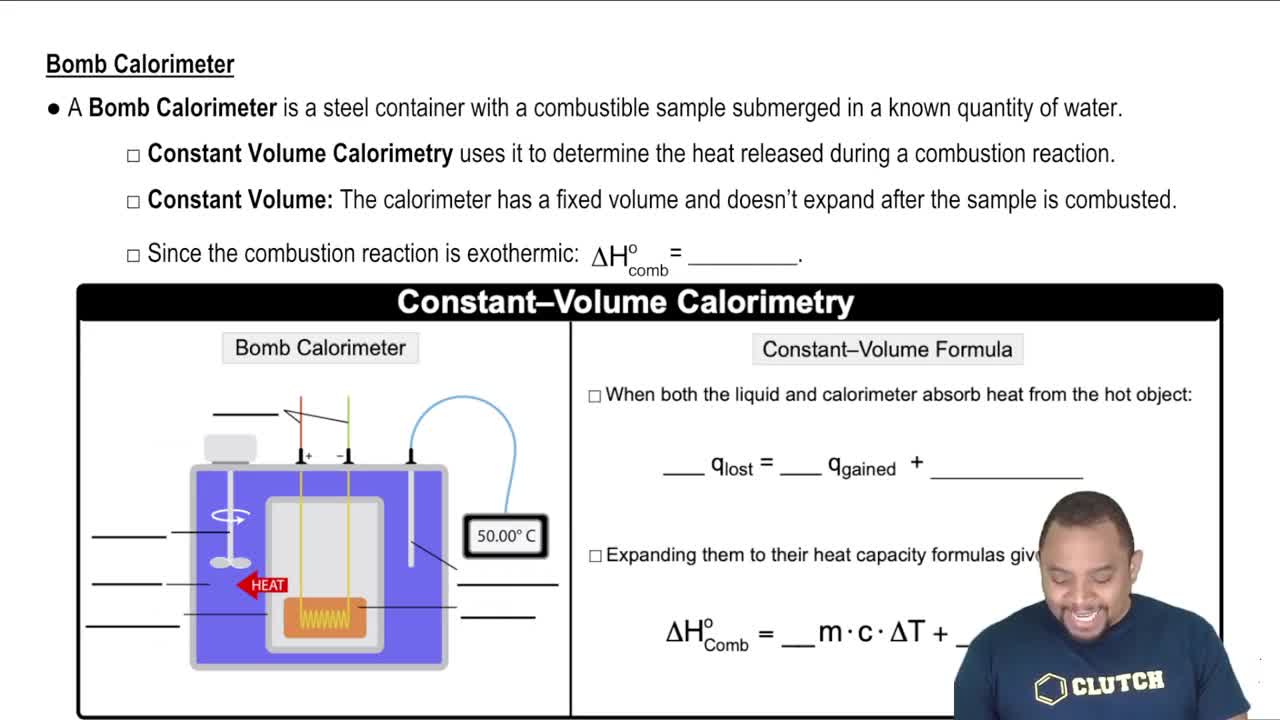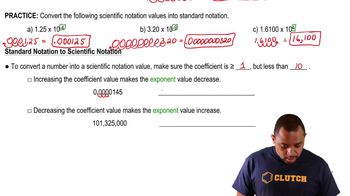Textbook Question
The radius of an atom of gold (Au) is about 1.35 Å. b. How many gold atoms would have to be lined up to span 1.0 mm?
 Verified step by step guidance
Verified step by step guidance



The radius of an atom of gold (Au) is about 1.35 Å. b. How many gold atoms would have to be lined up to span 1.0 mm?
The radius of an atom of gold (Au) is about 1.35 Å. c. If the atom is assumed to be a sphere, what is the volume in cm3 of a single Au atom?
An atom of rhodium (Rh) has a diameter of about 2.7×10−8 cm. a. What is the radius of a rhodium atom in angstroms (Å) and in meters (m)?
Determine whether each of the following statements is true or false. a. The nucleus has most of the mass and comprises most of the volume of an atom.
Determine whether each of the following statements is true or false. b. Every atom of a given element has the same number of protons.